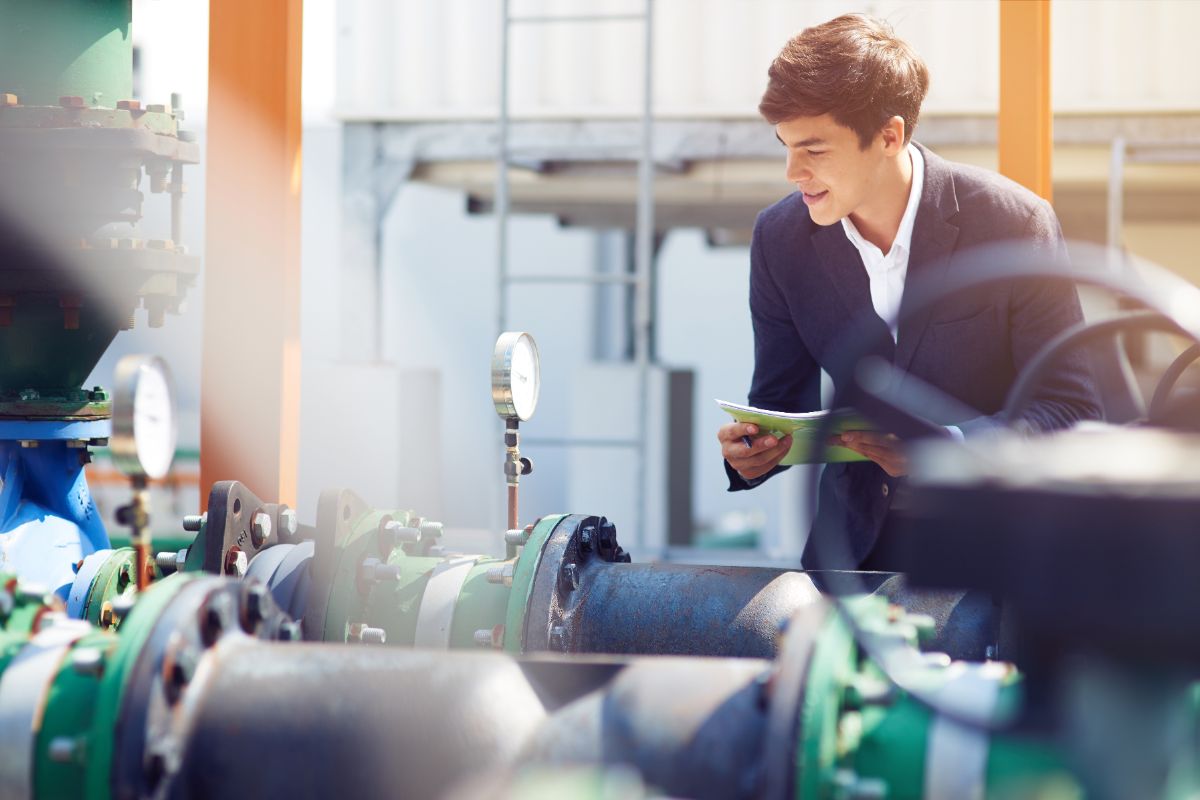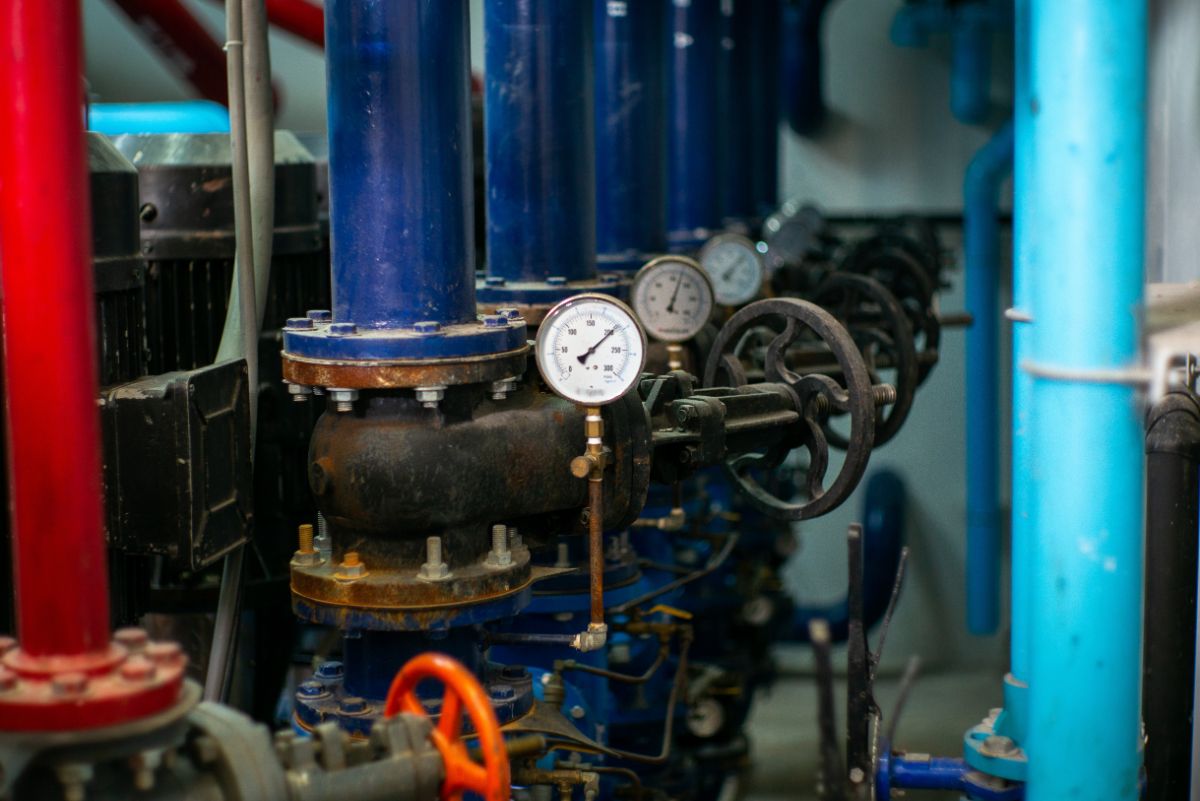
How To Increase Energy Efficiency in Your Pipe System
How can you increase energy efficiency in your pipe system?
- Conduct an Energy Audit
- Reduce Friction Losses
- Optimize Pump Operation
- Improve Insulation
- Implement Heat Recovery
- Use High-Efficiency Equipment
- Monitor Energy Use
- Conduct Regular Maintenance
- Train Employees
Your piping system goes through a lot and helps you in your facilities’ work. You may think your piping system is working properly, but an unseen yet costly force is rushing through your piping system every day: energy. You might think this energy will not cost you much, but every ounce of energy that leaks through your system is money lost. Just imagine all the costs you can save if you can prevent this from happening.
This blog will teach you how to increase energy efficiency in your pipe system. Improving the energy efficiency of your pipe system can result in significant cost savings and even lower environmental impact.
Conduct an Energy Audit
It is important to know first how well your system is doing. Assessing the current state of your pipe system is the first step in improving energy efficiency, and you can do this through an energy audit. An energy audit will help you identify areas for improvement, such as ways to reduce friction losses, optimize pump operation, or improve insulation. In that way, you are already aware of your pipe system’s potential losses and how to remedy them.
Reduce Friction Losses
Energy is lost while fluid moves through pipes due to friction losses. If your pipes have fewer friction losses, the flow of fluid will be smooth thus less energy is lost. Smoother, more recent pipes can be used instead of worn-out or abrasive ones to reduce friction losses. You can utilize flow-smoothing fittings like elbows, tees, and reducers to lessen turbulence as well.
Optimize Pump Operation
Pumps are one of a pipe system’s major energy consumers, so increasing their performance can result in significant energy savings. You can add variable-speed drives to manage the pump’s speed, changing the speed to match the demand for fluid and making sure the pump is the right size for the system.
Improve Insulation
Targeting proper insulation for your pipes is also one of the things to consider to have energy efficiency. Your pipe system’s insulation can be improved to reduce heat loss and boost energy effectiveness. Foam, fiberglass, or jacketed pipes can be used to insulate pipes and provide additional protection. To stop heat loss, you can also insulate fittings and valves.
Implement Heat Recovery
Systems for heat recovery can capture heat from warm pipes and use it to warm incoming fluid. As a result, the fluid will require less energy to heat, improving energy efficiency. This will also contribute to making your pipes more environment-efficient because heat energies are being reduced. To do this, heat exchangers can be installed, or other heat recovery devices can be used.
Use High-Efficiency Equipment
Investing in high-efficiency equipment can reduce energy use and increase the production of your piping system. Examples include pumps and valves. You can also put in energy-efficient lighting, such as LED lights, to reduce energy consumption in areas where pipes are placed.
Monitor Energy Use

After you have done the previous steps, it is time to monitor your piping energy efficiency. You might find places where you can further improve by keeping an eye on the energy utilization in your pipe system. Energy monitoring equipment, including flow and power meters, can track energy usage and spot areas for improvement.
Conduct Regular Maintenance
Maintaining your piping system frequently and devotedly will always cost you less than waiting for any damage to happen. Your pipe system must be regularly maintained to continue functioning effectively. You can clean the pipes, look for leaks, swap out worn-out or broken components, and always take note of when your pipes are due for a replacement to maintain peak performance.
Train Employees
Educating your employees on energy-saving techniques can help them comprehend the value of energy efficiency and their part in attaining it. Teach your employees to be advocates of energy efficiency also. Encourage staff members to implement additional energy-saving practices, such as turning off equipment when not in use and monitoring energy consumption.
Key Takeaway
Now you are aware of how to increase energy efficiency in your pipe system. You might think that it is an unnecessary cost to follow these steps, but making sure that your pipes are at their full potential without losing any valuable resources will always give you the best results than waiting for anything to happen. By making these changes, you can ensure that your pipe system is operating efficiently and sustainably for years to come.
Supreme Pipe Corp. is here if you’re looking for the best steel pipes supplier in the Philippines. With decades of expertise as the leading provider of steel pipes in the Philippines, we have premium galvanized and black iron water pipes that are known to last for a long time and are cost-effective. Contact us for a quote!


